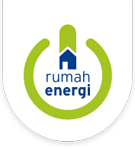The West Tarum Canal or known as Kalimalang is one of the surface water resources that plays a very important role because it is used by various sectors, including drinking water, industry, irrigation, fisheries, agriculture, and various other needs, especially as a raw water supply for residents of Jakarta and its surroundings. Changes in the function and designation of the watershed area to become an area for various business, agricultural and residential activities will reduce the level of water resistance (retention/storage) and water supply in Kalimalang. This has the potential to reduce quality as a result of various sources of pollution originating from these various activities. The program “Seeing, Sharing, and Working for Kalimalang” or HATI Kalimalang is implemented by the Yayasan Rumah Energi (YRE) in collaboration with the Coca-Cola Foundation Indonesia (CCFI). The Kalimalang Heart Program aims to encourage the formation of joint movements and collaborations involving various elements from the government, business entities, as well as the community and local communities in long-term action and monitoring to reduce water pollution and improve Kalimalang water quality.
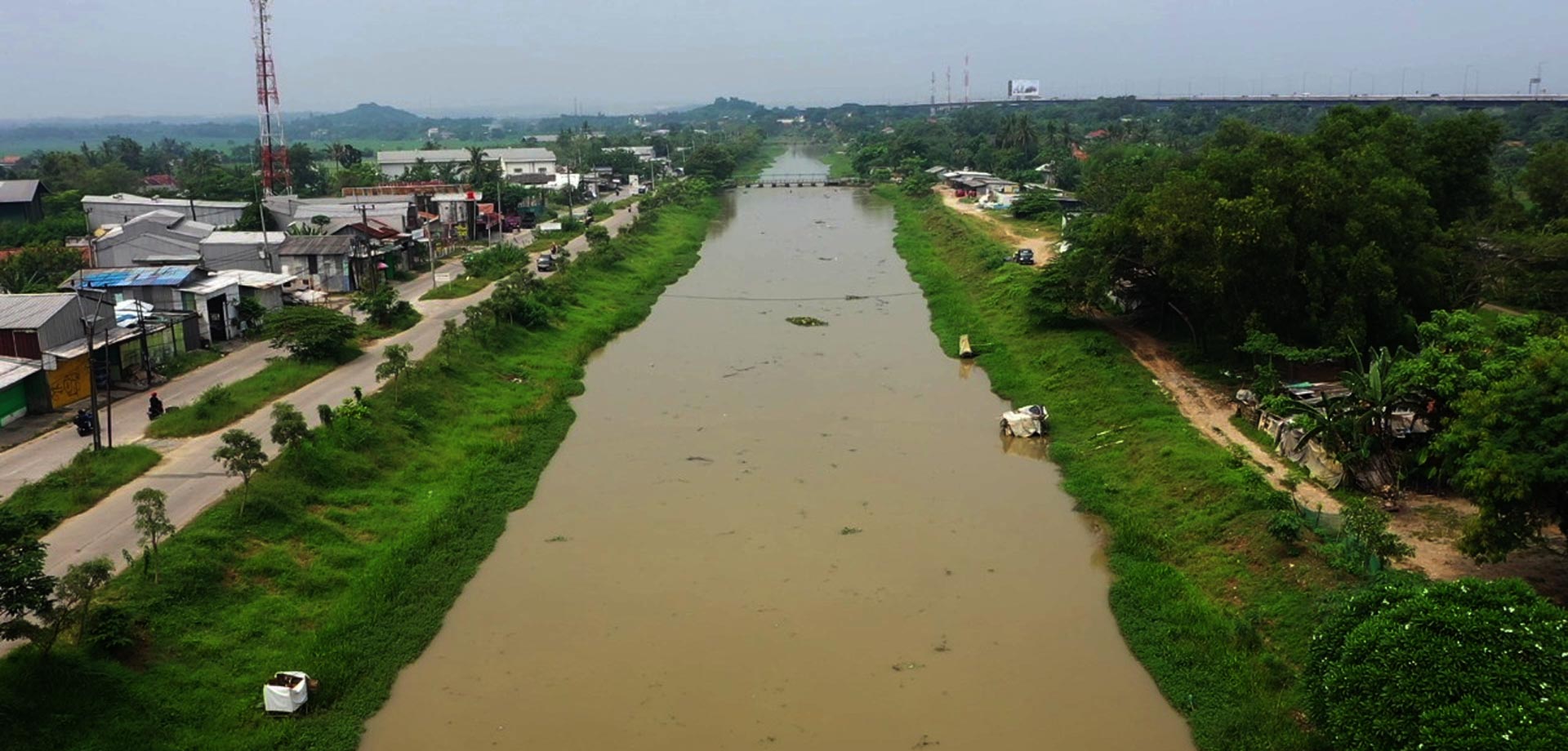
Tarum Barat Juara Collaboration Forum

A series of focused discussion activities, workshops, and discussions of the action plan formulation team have been carried out from June to August 2022 by involving representatives of various parties from key stakeholders. From the regulator and operator elements represented by Perum Jasa Tirta (PJT) II, Balai Besar Wilayah Sungai (BBWS), Ministry of Environment and Forestry (KLHK), DLH Bekasi Regency, DLH Karawang Regency, then from the business entity namely PT. Cikarang Listrindo, PT. Jababeka, PDAM Tirta Bhagasasi, PAM Jaya, and Non-Government Organizations (NGOs), namely Save Kali Cikarang, IUWASH Tangguh, and PPK DAS Citarum (Satgas Citarum Harum). This series of activities aims to narrow down what problems exist in Kalimalang and how interventions can be carried out to deal with existing problems.
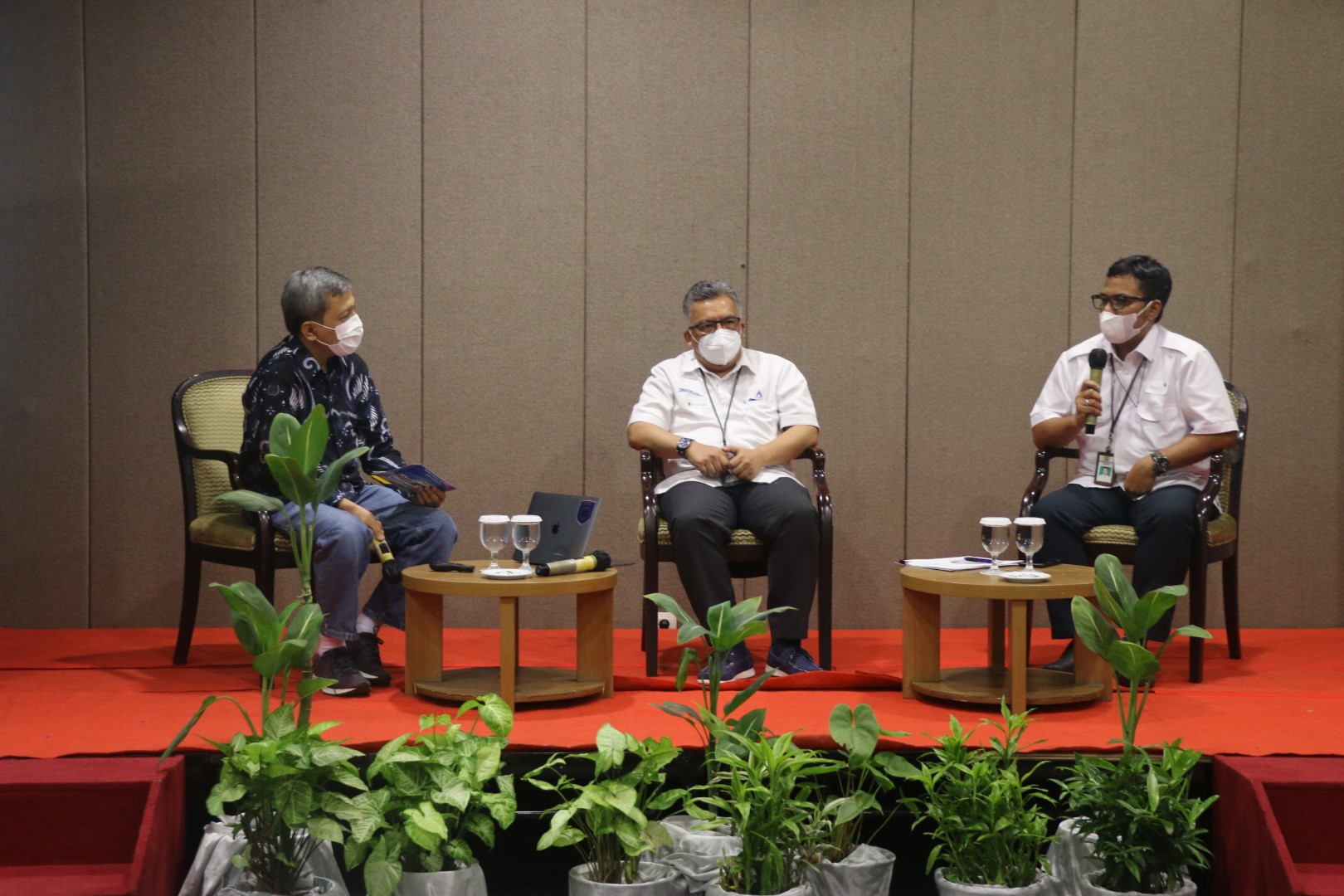
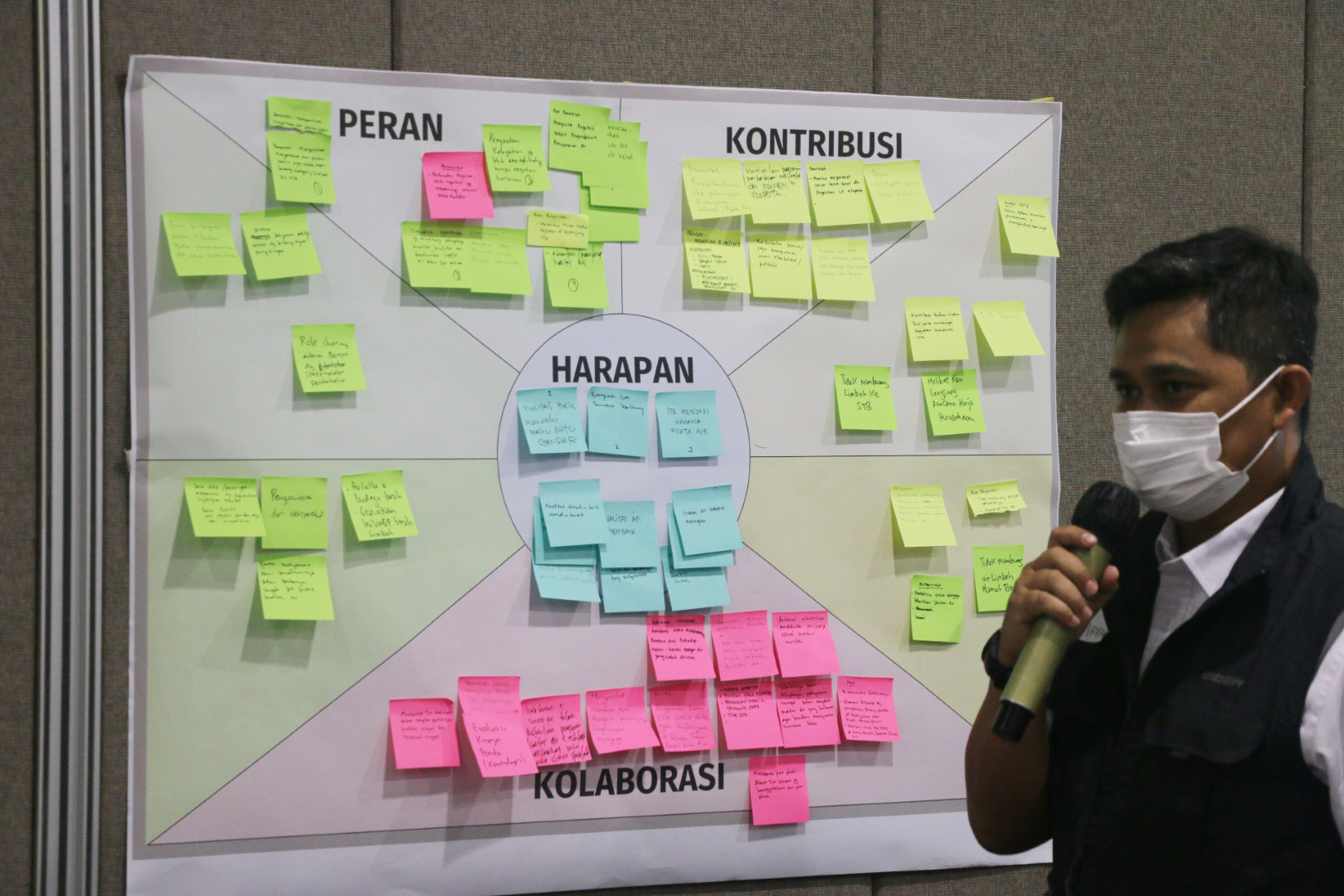
Focused discussion activities focus on two main agendas namely interactive discussions and group discussions. The interactive discussion session presented two resource persons, namely the Head of the Integrated Water Resources Infrastructure Development Division of BBWS Citarum, Mr. Abdul Ghoni Majdi and the Manager of the Water and Electric Resources (SDAL) Maintenance and Monitoring Program, Operation and Maintenance Division of PJT II SDAL, Mr. Kuntara Ramdhana. The two speakers further conveyed the efforts that have been made, the challenges faced, and the opportunities for collaboration that can be do together. Then the event continued with a group discussion to identify expectations, roles, contributions, and ideas based on the grouping of three entities namely the regulator and operator group, business entity group, and community group and NGO or community.
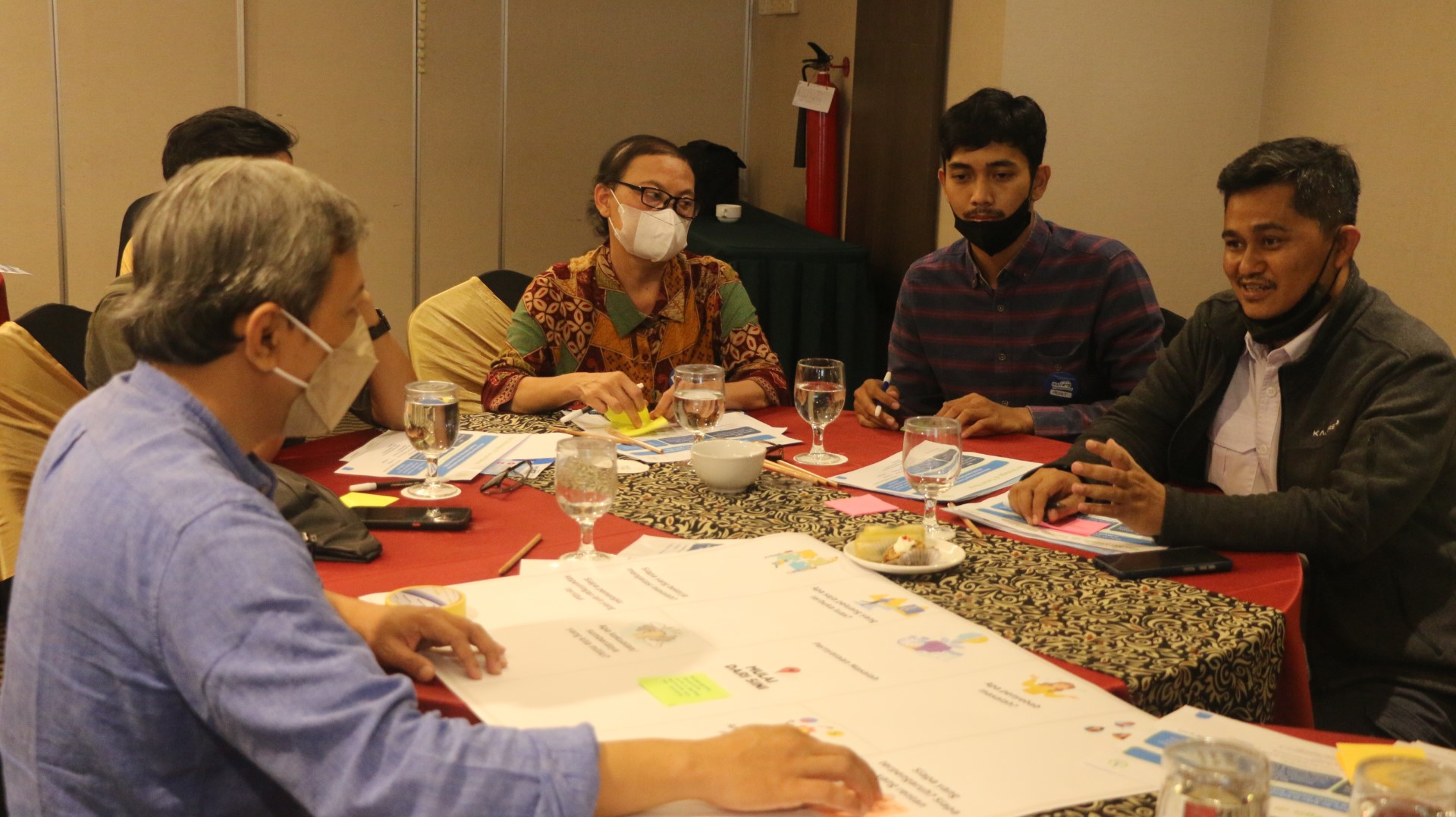
Then, the workshop activities focused on how key stakeholders mapped the problems in Kalimalang and identified ways to deal with these problems. Some of the problems that were captured are: 1) The non-procedural use of the riverbanks which interfered with the function of Kalimalang; 2) The negative impact of the utilization and management of natural resources in the upstream on the quantity and quality of water in Kalimalang; 3) The potential of the resources of the stakeholders that have not been utilized collaboratively. The ideas that emerged in the workshop were compiled using theory of change approach. This workshop also resulted in the formation of an action plan formulation team, which later became representatives of the key stakeholders in this collaboration.
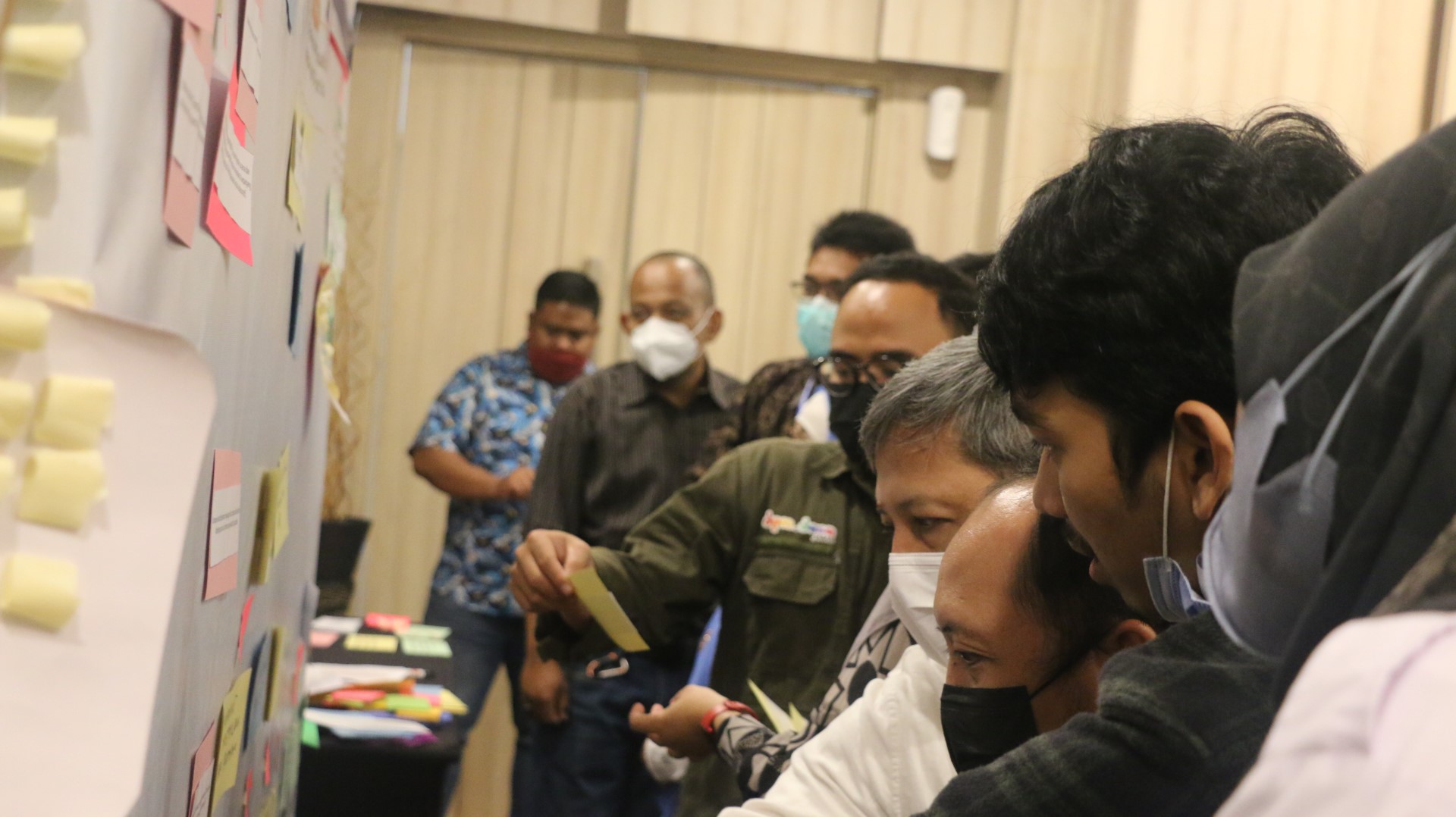
Furthermore, a limited workshop on the action plan formulation team was held as a follow-up effort to formulate detailed plans and strategic steps that could be implemented into a joint action to improve Kalimalang water quality. In the process, the limited workshop participants were divided into three groups to discuss three strategic issues using a canvas (banner) as a medium for working on the process of developing a joint action framework. This method aims so that participants can do their work by seeing each other’s connection with what other groups are doing.
